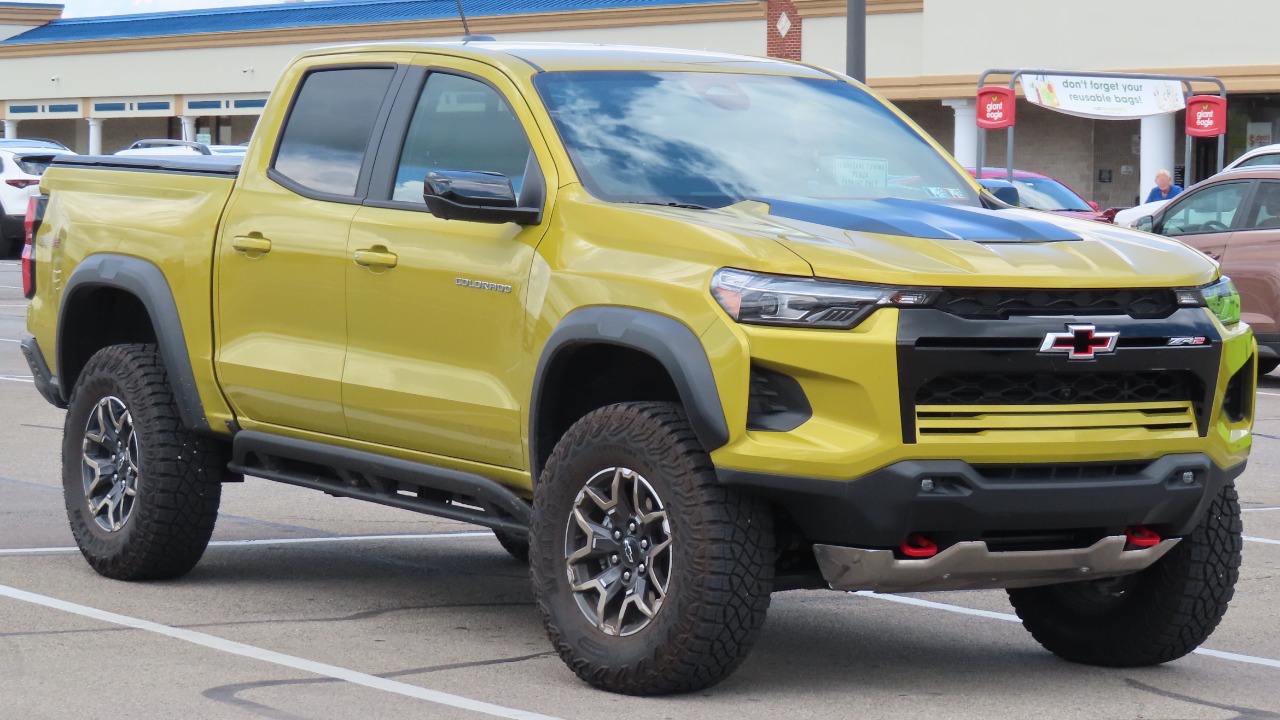
General Motors President Mark Reuss recently underscored the potential of lithium manganese-rich (LMR) batteries in paving the way for midsize electric vehicle trucks. He emphasized that this technology could address the key challenges of range and cost that currently hinder the development of such vehicles. This statement comes as GM intensifies its efforts to make affordable EVs a reality, with a particular focus on versatile work vehicles.
Understanding LMR Batteries
Lithium manganese-rich (LMR) batteries are an emerging cathode chemistry that promises to enhance energy density over traditional nickel-manganese-cobalt options. This development could potentially lower costs for EV manufacturers like GM. LMR technology is expected to achieve higher specific energy, which would allow for longer ranges in midsize vehicles. Moreover, it uses more abundant and cheaper materials than lithium iron phosphate or NMC batteries. GM’s interest in LMR is rooted in its potential to scale production affordably.
GM’s Vision for Midsize EV Trucks
GM President Mark Reuss has identified midsize EV trucks as a crucial next step in the company’s portfolio. These vehicles would bridge the gap between compact cars and full-size pickups like the Silverado EV. The focus on midsize trucks is a response to consumer needs for maneuverability in urban settings and job sites, where current EV options are limited by battery weight and charging infrastructure. Reuss stressed that without advancements like LMR, midsize EV trucks would remain unfeasible due to payload and range trade-offs.
Current Challenges in EV Truck Development
High battery costs are a significant obstacle to the development of midsize EV trucks. Traditional battery chemistries push vehicle prices above $50,000, deterring both fleet and individual buyers. Range anxiety is another issue for midsize applications, where trucks need at least 300 miles to compete with gas-powered rivals. This is a threshold that LMR could help meet. Furthermore, GM faces supply chain constraints in scaling EV production, making cost-effective batteries like LMR essential for achieving its 2025 electrification targets.
Advantages of LMR for Affordability
LMR batteries could reduce material costs by up to 20-30% compared to nickel-based alternatives. This could enable GM to price midsize EV trucks competitively, potentially under $40,000. The chemistry’s stability also offers improved safety and longevity, which would reduce long-term ownership costs for truck users in demanding environments. As per GM President Mark Reuss, LMR could unlock midsize EV trucks by balancing performance and economics.
GM’s Broader Electrification Strategy
GM aims to launch multiple EV models by 2025, with midsize trucks integrated into platforms like the Ultium system for shared battery tech. Partnerships with battery suppliers are key, as LMR development aligns with GM’s goal of producing 1 million EVs annually by mid-decade. Reuss’s comments underscore the role of LMR in democratizing EVs, extending its potential beyond trucks to sedans and SUVs.
Market Implications for Midsize EVs
The midsize truck segment, valued at over $10 billion annually in the U.S., could see EV penetration rise from under 5% to 20% with LMR-enabled affordability. Competitors like Ford and Rivian are also targeting similar segments, but GM’s focus on LMR positions it to lead in cost-effective midsize offerings. The adoption of LMR could also accelerate infrastructure investments, as more viable EVs drive demand for charging networks tailored to truck users.